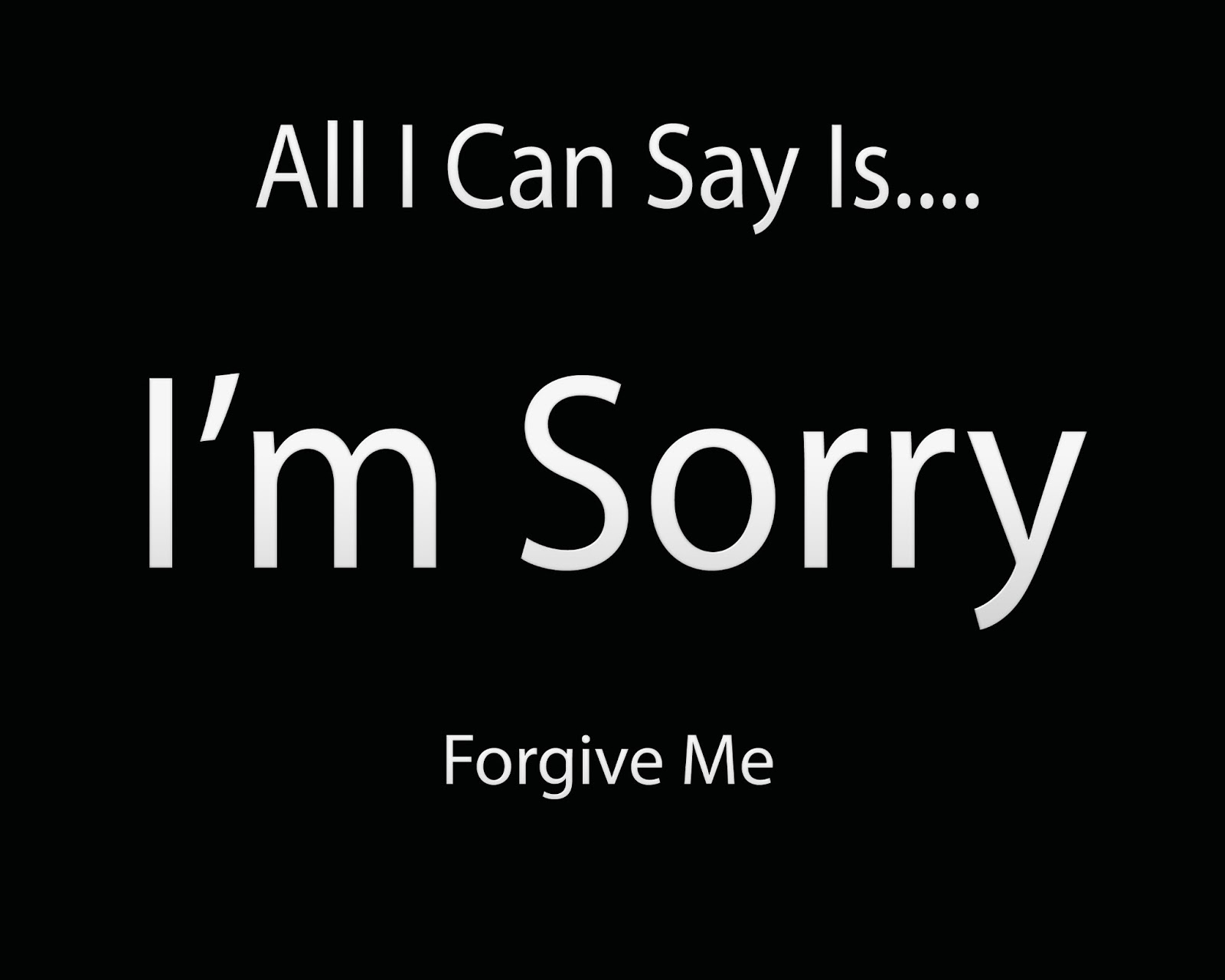Do you often feel like you’re hitting a wall when it comes to getting the help you need? You’re not alone. Many people struggle with this issue, and it can be incredibly frustrating.
Hitting Roadblocks in Getting the Support You Need
There are a number of reasons why you might find yourself struggling to get help. Maybe you’re not sure where to turn, or you’ve had bad experiences with hulpverleners in the past. Whatever the reason, it’s important to know that you’re not alone and that there are ways to overcome these challenges.
Addressing the Barriers to Effective Help-Seeking
The first step to getting the help you need is to identify the barriers that are holding you back. Once you know what these barriers are, you can start to develop strategies for overcoming them. Some common barriers include:

Bocsánat Elnézést Samuel – Ingyenes kép a Pixabay-en – Source pixabay.com
- Fear of judgment: You may be afraid of being judged or criticized for seeking help.
- Lack of awareness: You may not be aware of the resources that are available to you.
- Financial constraints: You may not be able to afford the cost of help.
- Time constraints: You may not have the time to seek help.
I’m Sorry, I Can’t Help You With That: Understanding Its Roots
When you encounter the response “I’m sorry, I can’t help you with that,” it can be disheartening. This phrase often signifies that the person you’re seeking help from is unable or unwilling to provide assistance. Understanding the reasons behind this response can help you navigate such situations more effectively.

Please, Sorry and Thank You. – Unscripted Philosophy – Source unscriptedphilosophy.com
Exploring the Reasons for Limited Assistance
There are several reasons why someone might decline to help. These include:
- Lack of expertise: The person may not have the knowledge or skills necessary to address your issue.
- Conflicting priorities: The person may have other responsibilities or commitments that prevent them from helping you.
- Personal limitations: The person may have emotional or physical limitations that make it difficult for them to assist others.
I’m Sorry, I Can’t Help You With That: A Personal Experience and Its Lessons
Once, I found myself in a situation where I desperately needed help. I had lost my job and was struggling to make ends meet. I reached out to several organizations, but I kept getting the same response: “I’m sorry, I can’t help you with that.”
I was starting to feel hopeless, but I refused to give up. I kept reaching out to people, and eventually, I found someone who was willing to help me. This person didn’t have all the answers, but they were willing to listen to my story and offer guidance.

List 103+ Pictures Pictures Saying Im Sorry Latest 10/2023 – Source finwise.edu.vn
The Importance of Perseverance and Seeking Alternative Assistance
This experience taught me the importance of perseverance and seeking alternative assistance. When you’re faced with the response “I’m sorry, I can’t help you with that,” don’t give up. Keep reaching out to people, and eventually, you will find someone who is willing to help you.
I’m Sorry, I Can’t Help You With That: Ethical and Legal Considerations
In certain professions, such as healthcare and law, there are ethical and legal obligations that may limit the ability of professionals to provide assistance. These obligations include:
Preserving Confidentiality
Professionals have a duty to maintain the confidentiality of their clients’ information. This means that they cannot share information about their clients with anyone else, even if the person is seeking help.

5 Steps to Teaching Kids to Say “I’m Sorry” |… | PBS KIDS for Parents – Source www.pbs.org
Avoiding Conflicts of Interest
Professionals must avoid conflicts of interest. This means that they cannot provide assistance to someone if they have a personal or financial interest in the outcome.
I’m Sorry, I Can’t Help You With That: The Hidden Challenges Behind the Response
Beyond the ethical and legal reasons, other factors can contribute to the response “I’m sorry, I can’t help you with that.” These include:
Limited Resources
Organizations and individuals often have limited resources. This means that they may not be able to provide assistance to everyone who needs it.

Printable Sorry Cards – Printable Word Searches – Source orientacionfamiliar.grupobolivar.com
Burnout and Compassion Fatigue
Professionals who work in helping professions can experience burnout and compassion fatigue. This can make it difficult for them to continue providing assistance to others.
I’m Sorry, I Can’t Help You With That: Recommendations for Seeking Assistance
If you’re struggling to get the help you need, here are a few recommendations:
- Be persistent. Don’t give up if you’re met with resistance. Keep reaching out to people and organizations until you find someone who is willing to help.
- Be open to different types of assistance. There are many different ways to get help. Be open to exploring different options until you find one that works for you.
- Be respectful. Remember that the people you’re reaching out to are human beings. Be respectful of their time and boundaries.

Conoce los sorprendentes beneficios físicos del perdón | wokii – Source wokii.com
I’m Sorry, I Can’t Help You With That: Exploring Related Terms and Concepts
The response “I’m sorry, I can’t help you with that” is often related to other terms and concepts, such as:
Gatekeeping
Gatekeeping refers to the practice of limiting access to resources or opportunities. In the context of getting help, gatekeeping can occur when professionals or organizations make it difficult for people to access the assistance they need.
Barriers to Care
Barriers to care are any factors that make it difficult for people to get the health care they need. These barriers can include lack of insurance, transportation problems, and cultural beliefs.

Boy With Word Sorry Regretting Apology Talking Vector, Regretting – Source pngtree.com
I’m Sorry, I Can’t Help You With That: Tips for Effective Communication
When you’re seeking assistance, it’s important to communicate your needs clearly and effectively. Here are a few tips:
- Be specific about what you need. Don’t just say “I need help.” Instead, be specific about what you’re struggling with and what kind of assistance you’re looking for.
- Be clear about your goals. What do you hope to achieve by getting help? Knowing your goals will help you find the right resources.
- Be respectful of the person’s time. Be mindful of the person’s time and boundaries. Be clear about what you need and how much time you expect them to spend helping you.

CJO Photo: I’m Sorry – Page 1 – Source www.cjophoto.com
I’m Sorry, I Can’t Help You With That: Fun Facts and Trivia
Here are a few fun facts and trivia related to the response “I’m sorry, I can’t help you with that”:
- The phrase “I’m sorry, I can’t help you with that” is often used in customer service settings. It can be a polite way to tell a customer that their request cannot be fulfilled.
- The phrase has also been used in popular culture. For example, it is the title of a song by The Beatles.

Im Sorry Clipart | Free download on ClipArtMag – Source clipartmag.com
I’m Sorry, I Can’t Help You With That: How to Move Forward
If you’re struggling to get help, don’t give up. There are always other options available. Here are a few things you can try:
- Do your research. There are many resources available to help you find the assistance you need. Do some research to find organizations and professionals who can help you.
- Reach out to friends and family. Talk to your friends and family about what you’re going through. They may be able to offer support and guidance.
- Seek professional help. If you’re struggling to cope with a difficult situation, consider seeking professional help. A therapist or counselor can help you work through your challenges and develop coping mechanisms.

CJO Photo: I’m Sorry – Page 1 – Source www.cjophoto.com
I’m Sorry, I Can’t Help You With That: What If…
What if you’re met with resistance when you seek help? Here are a few things you can do:
- Be persistent. Don’t give up if you’re met with resistance. Keep reaching out to people and organizations until you find someone who is willing to help.
- Be respectful. Remember that the people you’re reaching out to are human beings.





